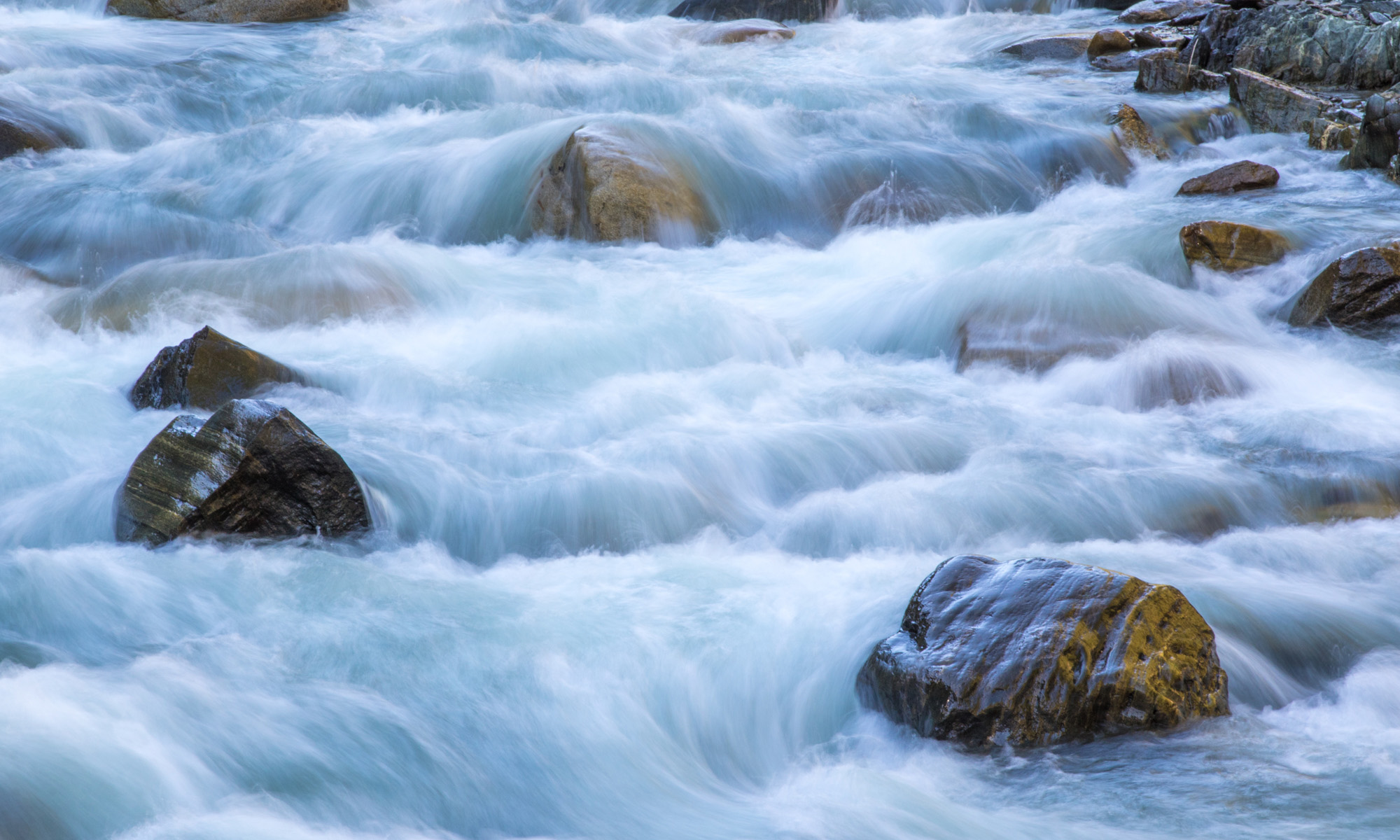Today’s Question: I believe you’ve said that the Lightroom Classic catalog shouldn’t be stored in the cloud, but I have my catalog in Dropbox and it seems to work just fine. Is there really a problem storing the catalog in the cloud?
Tim’s Quick Answer: I very strongly recommend that you never store a Lightroom Classic catalog in cloud-based storage. It is incredibly easy to have failed metadata updates and file corruption if you store the catalog in the cloud and access that catalog from more than one computer.
More Detail: As many photographers may already be aware, Lightroom Classic does not support having the catalog stored on a network device. In my experience the primary scenario where this might create frustration is if you want to store your catalog along with photos on a network attached storage (NAS) device. However, Lightroom Classic will not protest if you store your catalog in cloud-based storage. But that doesn’t mean there aren’t problems with this approach.
In fact, I was able to create metadata problems in less than one minute, and I was able to corrupt the catalog in about five minutes when testing this issue. For example, I opened the same catalog from Dropbox on two different computers, and made different metadata changes the same images. On one computer I assigned red color labels to several images, and on the other computer I assigned blue color labels to the same images. For several minutes I could quit Lightroom Classic on both computers and launch it again, and each computer showed different color labels for the images even though I was ostensibly using the same catalog on both computers.
This type of situation can make it difficult to ensure you’re going to end up with the metadata you were expecting. In my testing, for example, the blue color labels remained assigned to the images on one computer, while on the computer with the red color labels the catalog became corrupted. Lightroom Classic was able to repair the catalog, but after that process completed the red color labels remained.
There were also problems with the previews for images during the testing. Adding to the trouble, at times I couldn’t open the catalog on the second computer even though it had been closed on the first computer, owing to issues with the synchronization of the lock files Lightroom Classic uses to keep track of whether the catalog is already in use when you try to open it.
So, simply put, you should never store the Lightroom Classic catalog in the cloud. It is possible to do so without problems if you’ll only use a single computer (and no other devices at all) to access the catalog files, but in my view, it simply isn’t worth the risk involved when it comes to storing the catalog in the cloud.



